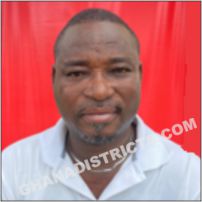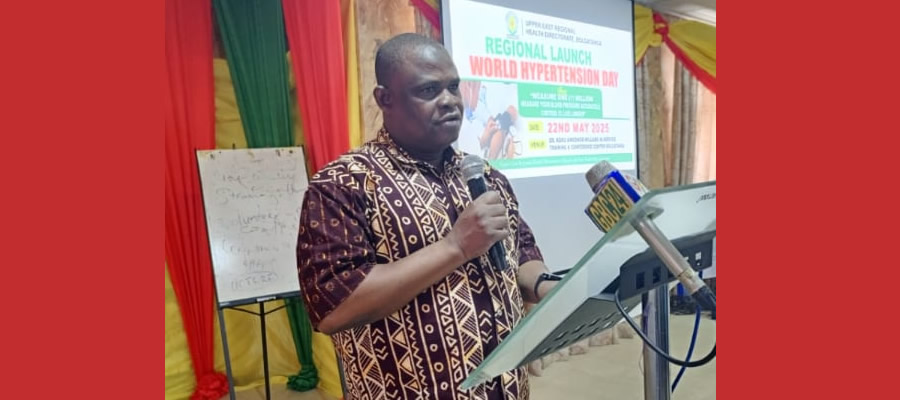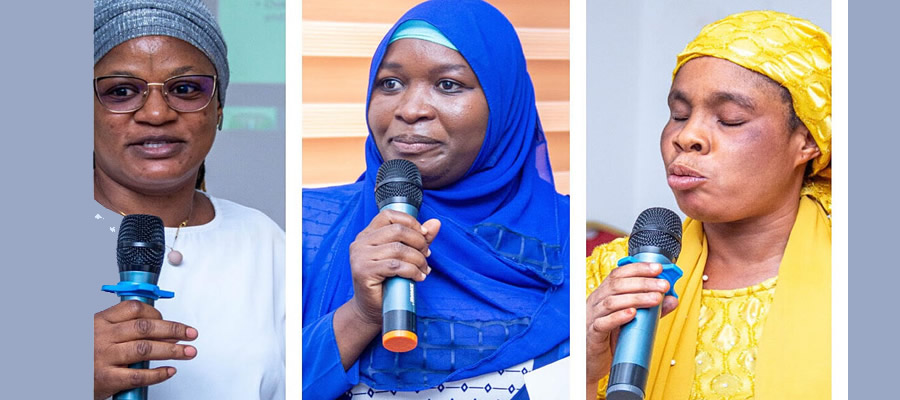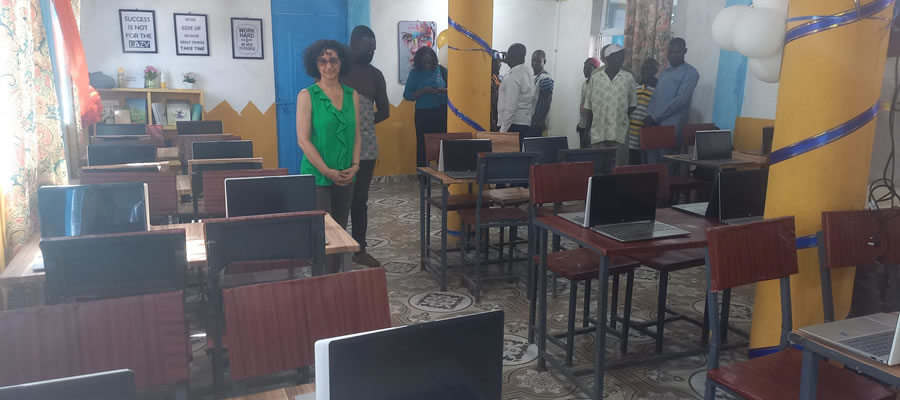

Size, Growth Rate and Density
The population of the municipality is 147,729 with a growth rate of 1.7%. This is lower than the national rate of 2.7%. The population density is 141.2 persons per sq. km. This is far greater than the national density of 79.3 persons per sq. Km.
Age and Sex Distribution
The distribution of the population in terms of age is as follows:
0-15years; 47.7% (70,467)
15-65years 50.8% (75,046)
65+ 1.5% (2,216)
Whilst the sex distribution is as;
Male; 49% (72,387)
Female; 51% (75,342)
Source MHA-Bolga
Ethnic Composition
Bolgatanga Township has a cosmopolitan population, which is about 72,768 (Source MHA-Bolga). Although majority of the inhabitants are from northern ethnic origins, there have been a huge influx of the major ethnic groupings of Ghana including the Akans, Ewes, Ga-Adanbge into the town because of its regional capital status. Most of these ethnic groupings are organized around chiefs and leaders, whiles others come together as social groupings.
There are about 213 communities in the municipality. Bolgatanga Township has a population of 72,768 and it is the 18th biggest human settlement in the country. There are 3,932, houses in the township with 10,081 households. Average household size is 4.5
Occupational Distribution
According to a census publication from Statistical Service dated November 1994, Agriculture accounts for as much as 57% of the labor force, trade and commerce 19%, manufacturing (mainly handicrafts) 11.92, community/social services 7.4% and others like mining, construction, utility service.
Housing conditions
Most of the modern buildings found in Bolgatanga are either residential/or office accommodation for public servants with a few for private residential and commercial purposes. Generally, housing conditions are poor. Urban Bolga has some buildings with sandcrete and plastered walls, well maintained and roofed with corrugated aluminum sheets.
However, a large area of the township has dilapidated houses. Already several sections of downtown Bolgatanga have developed into slums (zongos) where the most vulnerable people live. These Zongos lack drainage systems and toilet facilities and this have implications for mosquito breeding and malaria transmission.
Spatial Distribution Of Settlement
The municipality has 182 towns and villages with a total population of 147,864 people. The settlement pattern is predominantly rural (about 95%) with dispersed buildings, which renders service location extremely difficult. Bolgatanga is the only urban settlement with a population of about 80,000 people. Bolgatanga Township covers a radius of about 3 kilometres and consists of suburbs such as Yikene, Dulugu, Kumbosogo, Tindonmoligo which are all peri-urban in nature.
Service Centres
There is polarisation of services of the highest order in Bolgatanga whilst the smaller settlements are centres of lower order. These are stated infra:
- Level One Service Centre
Bolgatanga as a level one-service centre provides functions such as educational, health, banking administrative, judicial, commercial, transport, security etc. it has also got quite a good urban roads system. - Level Two Service Centre
Settlements, which provide educational, health, commercial, transport, etc. services of the second order are Sumbrungu and Zuarungu, and such services cover a radius of about 8 kilometers. - Level Three Service Centre
These centres include. ; Gambibgo, Sherigu, Nyariga and Yorogo. They provide services like educational, health and religious functions, which extend up to about 5-kilometre radius. - Level Four Service Centre
The level five service centres Include Kalbeo Pologo Zuarungu-Moshie and Dulugu, They provide at least a primary school; a clinic or a place of worship each and cover a radius of about 2 kilometres.
Physical Development Of Settlements
The core area of Bolgatanga and a few peri-urban areas like Kumbosogo, Yikene Tindonsolbgo Zorbisi and Zuarungu have layout schemes to guide their physical growth. However, peripheral sectors like Yorogo, Zaare, and Damweo which have been caught up with physical development due to factors such as suitable terrain, accessibility by roads and proximity to water and electricity points have no layout schemes to steer their growth.
Problems of Physical Development
The control of physical development in the Bolgatanga township has been generally poor over the years. This could partly be attributed to a number of factors including but not limited to: Inherent weaknesses in the procedure of obtaining a permit to develop. Unco-operative attitude of landowners and developers. General ignorance on the development procedures.
As a result; there has been significant increase in unauthorised development with their attendant problems. Not only are water courses as well as various low lying areas being developed but the unbridled encroachment on road reservations, school sites, spaces reserved for community facilities and public utilities etc, have contributed significantly to the deterioration of the physical environment.
Planned Areas
1. Most of the existing sector schemes of Bolgatanga have become outmoded due to socio-economic changes, shifts in grid lines etc. and therefore do not conform with ground situations. Examples are Sabon-Zongo, Dagmew and Tanzui Residential Area Sector Schemes.
2. The Assembly has not been able to open up the proposed roads in the planned and approved sector schemes for those areas; resulting in encroachments on those roads and community right of spaces. For example, Kumbosogo, Dangmeo and Sabon-Zongo Residential Areas.
Unplanned Areas
Physical developments including buildings have already sprang up in most of the peri-urban areas of Bolgatanga before planning intervention i.e. layouts to guide their growth and development. This situation has resulted in haphazard and uncontrolled physical development in areas such as Dulugu, Tindonsobligo, Tindonsobligo, Zaare and other peripheral sectors.
Unauthorized Physical Developments
There is a proliferation of unauthorized temporary developments, especially kiosks in the central area of Bolga Township as well as unauthorized permanent developments elsewhere in the town. This could be attributed to the following:
- Lack of awareness of developers and the public on land acquisition and permitting procedures to cover their physical developments.
- Poor landscaping in Bolgatanga Township especially along the main arterial roads i.e. Bolga-Tamale and Bolga-Navrongo dual carriageways which are the main ceremonial roads in the town.
- The Physical Planning Department is inadequately staffed.
Date Created : 11/23/2017 5:56:39 AM











 facebook
facebook
 twitter
twitter
 Youtube
Youtube
 +233 593 831 280
+233 593 831 280 0800 430 430
0800 430 430 GPS: GE-231-4383
GPS: GE-231-4383 info@ghanadistricts.com
info@ghanadistricts.com Box GP1044, Accra, Ghana
Box GP1044, Accra, Ghana